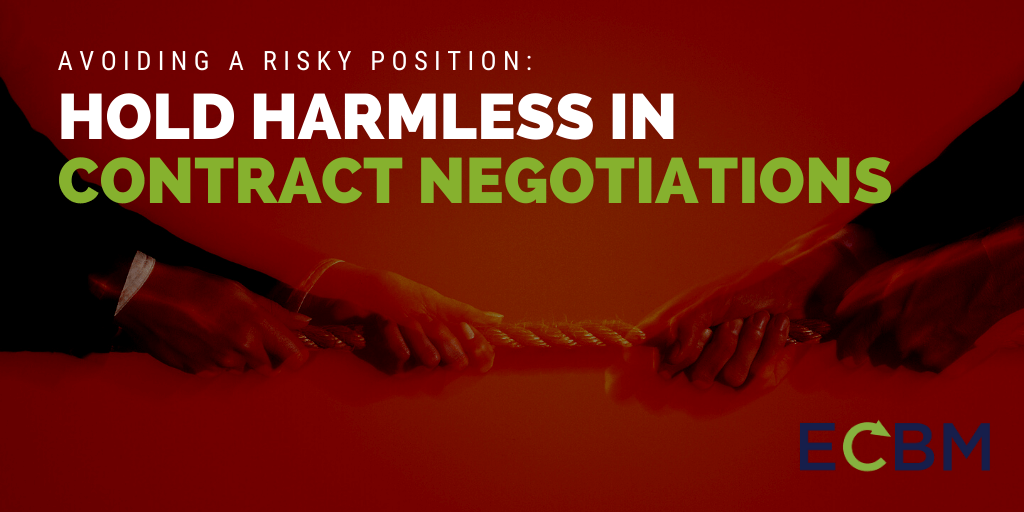
Liability rolls downhill. Big companies use their negotiating leverage to demand favorable indemnification clauses and hold harmless agreements be included in their vendor and customer contracts. Some degree of this is reasonable, but there are always a few players who try to push things as far as possible. The result is indemnification and hold harmless provisions that seem to foist all the liability on companies with less leverage without regard to fault or negligence. Many go so far as to seek that the second party indemnify the first party for the first party’s own negligence.
Tort Law And Accident Prevention
This approach creates a moral hazard. The idea behind American tort law is that fault should lie with the party who was best positioned to prevent the accident. By making that party financially responsible for the resulting consequences of the accident, the system ideally incentivizes businesses and individuals to engage in appropriate risk aversion measures. Allowing companies to skirt their financial responsibilities even when primarily at fault for accidents removes incentives for those companies to improve safety practices.
Cracking Down On Indemnification and Hold Harmless
As a result, some state governments have begun cracking down on the use of indemnification and hold harmless clauses. Those states have taken a wide variety of approaches to the problem. The exact nature of prohibited indemnity agreements can vary by the type of parties entering into the contract and by the nature of the contract. Most states only limit indemnification agreements in relation to construction contracts, with some extending the protection to architecture or engineering contracts. Some states apply their indemnification restrictions only to public contracts between a government party such as a school district and a private contractor.
Indemnity Agreement Restrictions
The restrictions can generally be classified as those that only prohibit indemnity agreements where the indemnified party is solely negligent and those that also seek to limit indemnification clauses in the case of joint negligence. The general principle is that parties should not be able to indemnify their own negligence, so a party that is 35% responsible for an injury should not be able to indemnify that 35%. There are however, tons of exceptions and unique factual circumstances, and unique elements of state law that impact the application. As an example, states might exclude utilities or railroads from the law.
Limited Coverage Available For Additional Insureds
Some states, though, have even started to limit the coverage available to additional insureds. Oregon has a law, upheld in court, that limits additional insured defense status to the acts of the named insured. Kansas has passed a similar law as well. These follow a spate of recent court decisions that extend additional insured coverage beyond vicarious liability and to acts of negligence committed by the additional insured.
Advice For Businesses When Drafting Agreements
Companies need to pay careful attention to the way they negotiate and draft their indemnification agreements. This means staying alert to attempted overreach by the person you’re doing business with as well as ensuring you apply with applicable state laws. It can also help ensure that your insurance actually covers you indemnification obligations.

